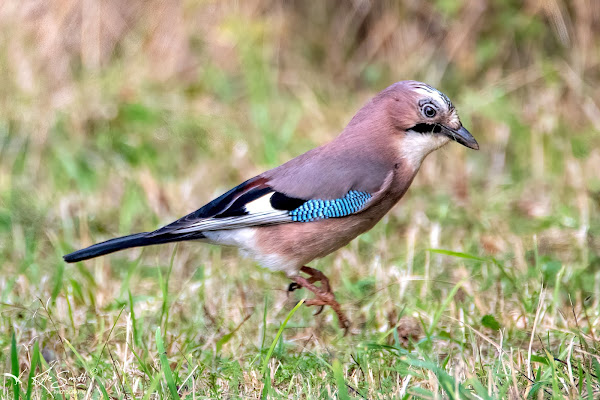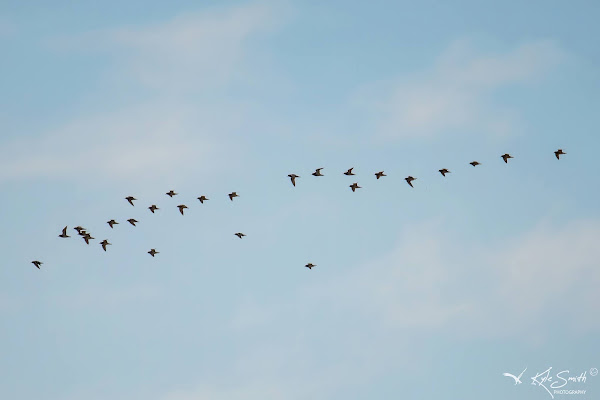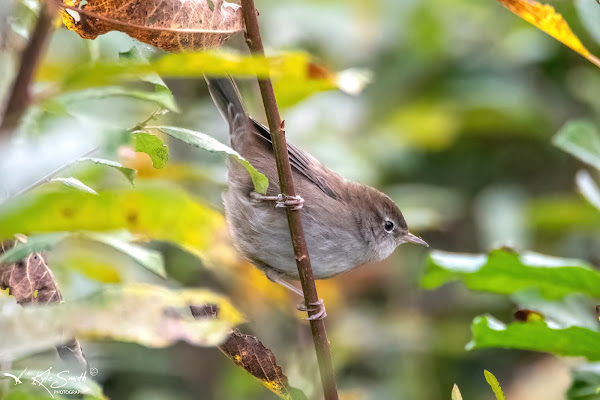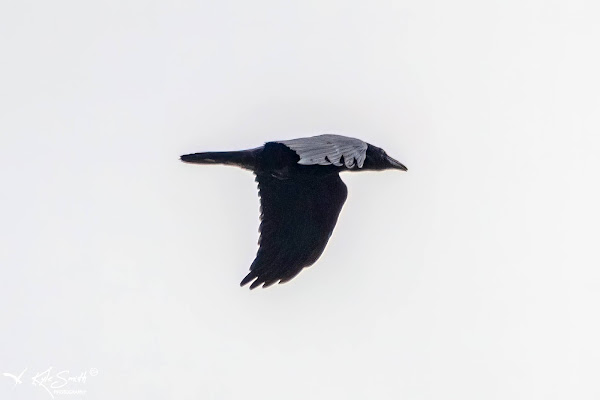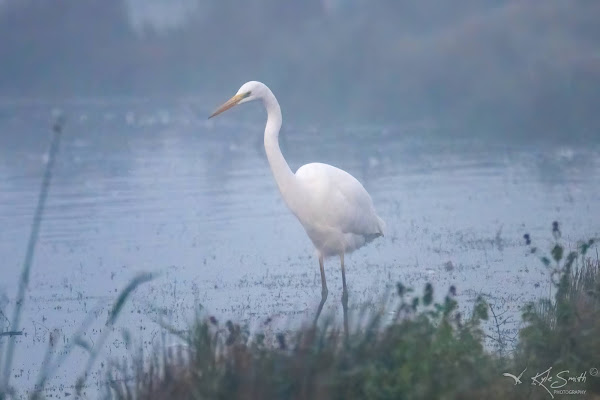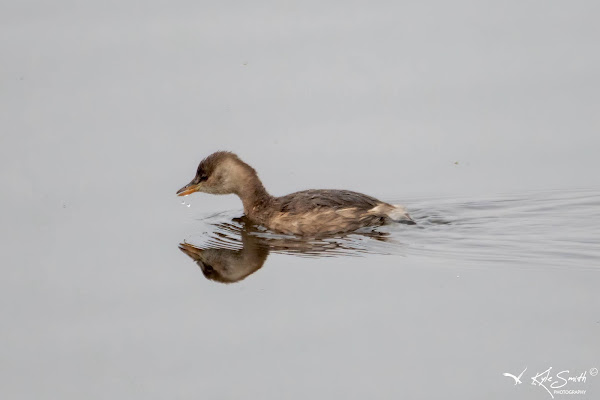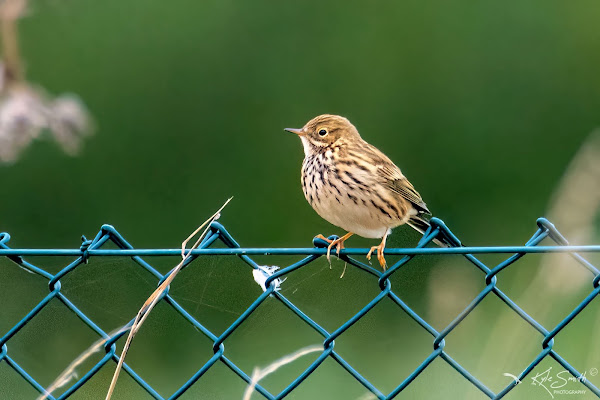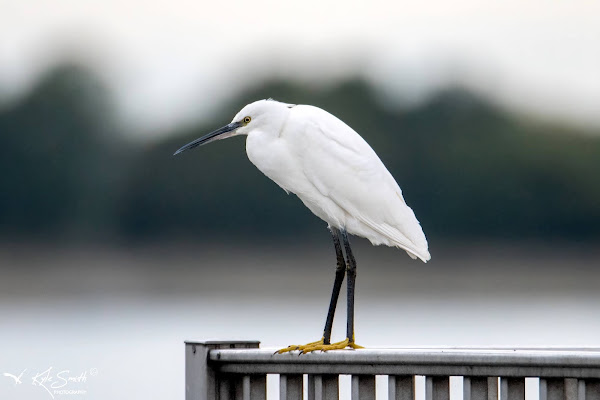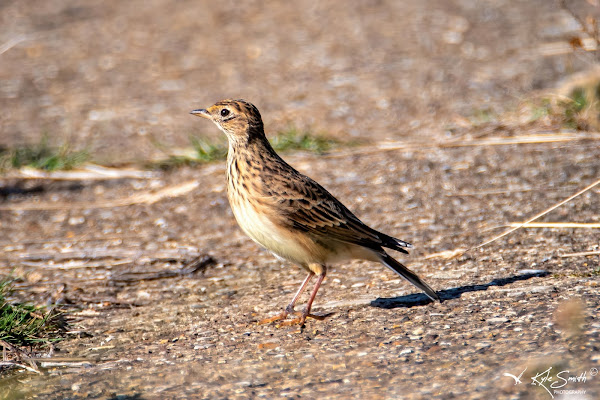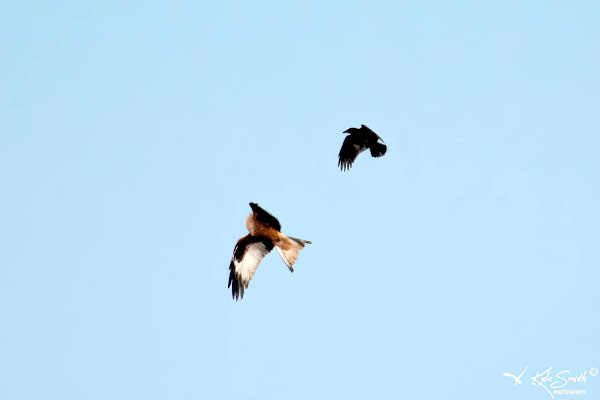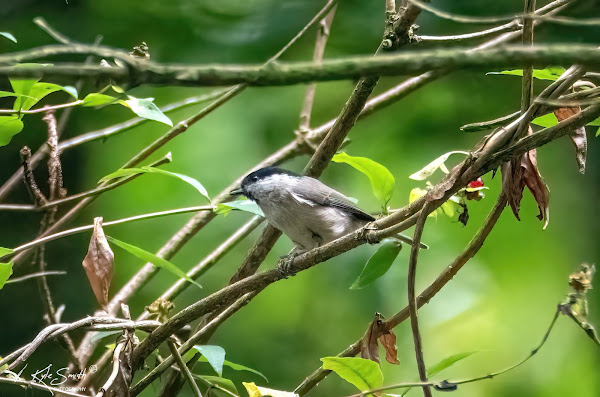I hadn't planned to go out, but my wife had an afternoon tennis match away in Farringdon - it was a beautiful afternoon and shouldn't be wasted indoors. A young couple left as I drew up leaving the viewpoint empty, so I set up with a flask of coffee, bins and my camera. The back pool was completely obscured by grass and weeds, perhaps also by the fact that the water level was very low. The area in front had managed to hold some of the recent rain and so at least some water was in evidence.
A small flock of golden plover came low over the far hedge unseen for much of the transit and dropped into the back field. I hadn't had time to count but I thought somewhere about 20ish. I could see a couple of pied wagtails straight ahead but not much else in the bowl. The team had reset the feeder area and a single female reed bunting was taking advantage; on the other feeders were six goldfinch and four greenfinches. A peak of eight chaffinches fed on the ground behind. In no time a jay appeared and seemed to veer away from landing on the top of the back wooden feeder structure, but only temporarily. In under a minute, it did just that and almost immediately dropped to the ground giving good views - excellent as I do love a jay. As it fed it was joined by a female pheasant - an often-overlooked beauty.
The jay started to look a bit restless and in moments a car passed the entrance. Surprisingly it didn't depart until Mike Prentice rounded the end of the hedge. It was great to see Mike as it has been quite a while since our visits to Balscote Quarry have aligned. We chatted and caught up with each other’s news, passing the time in the afternoon sun. A flock of golden plover circled and we counted c.30 but later I found it was 27 from a photo I'd taken. We were also surprised to see two swallows cutting across the site for a few minutes; when I posted this Mark Hunter replied that he had seen six over Shenington that afternoon.
In the bowl we could now see six pied wagtail and a single linnet, the pieds chasing one another around. Ray Smilie arrived and sat at the other end of the viewpoint and watched as a red kite soared passed and the number of buzzards grew. As he said the buzzard hovering against the breeze would make a good photo, I took it - he was right.
We continued chatting - the mighty Wolves (supported by Ray) had managed to pull out a win in the Premier League the previous day in the 90+5 minute - and were treated to the jay returning. Iain Brown dropped in on his way home from Blacktoft Sands where he had been to see the white-tailed lapwing. No doubt he was trying out his new motor.
A yellowhammer showed on atop a distant bush but there was nothing more of note. A very pleasant afternoon though.



